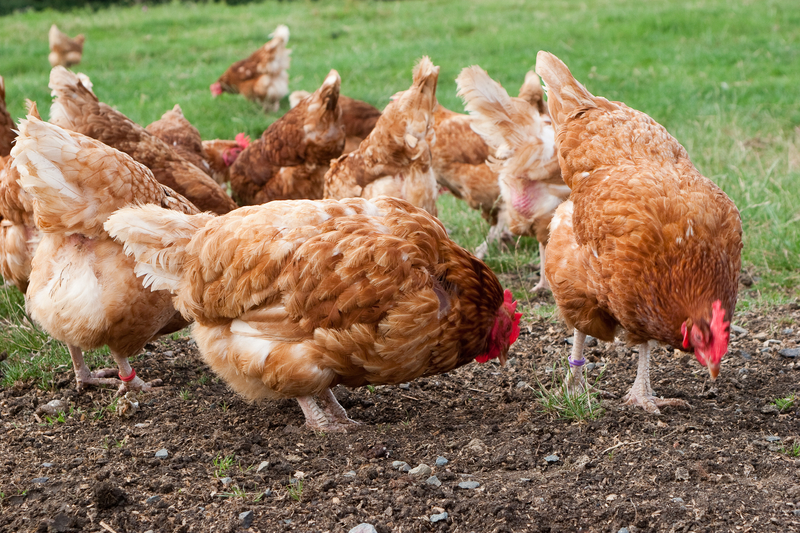First, here are some questions to consider before you invest time and money in buying or raising chickens. Some of these issues might be a dealbreaker, so it's important to think about them beforehand.
1. Is it legal for you to raise chickens where you live — and to sell?
In rural areas this might not be an issue. However, it is always smart to check just in case your county or state has some obscure regulation regarding raising chickens and all that enterprise entails. In urban areas there is almost always some ordinance or regulation you will need to be aware of regarding the raising of livestock within township or city boundaries. Roosters are often banned within city limits, so that would mean you couldn’t breed your own line of show birds.
2. Do you need a permit to build your chicken coop and run?
This is definitely necessary to find out if you are within city limits, since you could be required to pay a fine and remove the unpermitted building or addition.
3. Do you have enough space?
Figure at least four square feet per bird for the coop and eight square feet per bird for the run. We’ll discuss this more a little later in the article.
4. What kinds of predators are there?
In the city you may have to deal with rats, raccoons, opossums, feral or stray cats and dogs, and the occasional troublemaking human. I live within township limits and I have seen foxes during the day and heard coyotes at night. You may have these same problems depending on the size of your town/city and your location within it.
Hawks, eagles, owls, weasels and snakes also can cause problems if your homestead is located in smaller townships and villages.
In true rural areas you will encounter larger predators like wolves, bears, badgers, bobcats, etc., depending upon the region you live in.
5. What age of chicken will you buy? How long do you want to wait for eggs, good-sized carcasses, or to be able to show your bird?
Now that you've decided to raise chickens, here's how much you potentially make from the various kinds:
Your egg layers and your meat birds can earn you money as well if you have a large enough flock to support that effort. Two to four birds will provide enough eggs each week for your family and probably have enough left over to give away to friends. However, if you have a large enough flock and raise your chickens properly, during the summer months you can make a tidy profit at the farmer’s market or selling to your neighbors.
It is thought that about half of the backyard farmers or homesteaders that raise chickens sell their excess eggs. Eggs from chickens that are raised with grain or corn supplemental feed sell for about $2 per dozen. Eggs from chickens that are either free-range or eat only grass, vegetable waste from your kitchen and bugs are considered organic can sell for as much as $5 or more per dozen. If you are raising your chickens for meat, you also can sell the butchered carcass at the farmer’s market or to your neighbors. Corn- or grain-fed chickens sell for about $3 per pound. Free-range or organic-fed chickens can sell for around $5 per pound.
And then there are the “heritage breeds” that are raised for meat. These carcasses can sell for more than $5 per pound since their meat is tasty and tender. One thing to remember if you are raising meat chickens to sell: Butcher them at the earliest time after they have reached their full adult weight. If you butcher chickens older than two years of age, they are no longer “roasters” and are only good for stewing due to the meat not being as tender. Roasters bring in the most profit, although “stewers” or “soup” birds can still be a nice money-maker during the winter months.
Do you raise chickens to help support your homestead? What are some of your top tips for getting the biggest return on your investment? Share your thoughts in the comment section below!
Article Source: Off the Grid News
